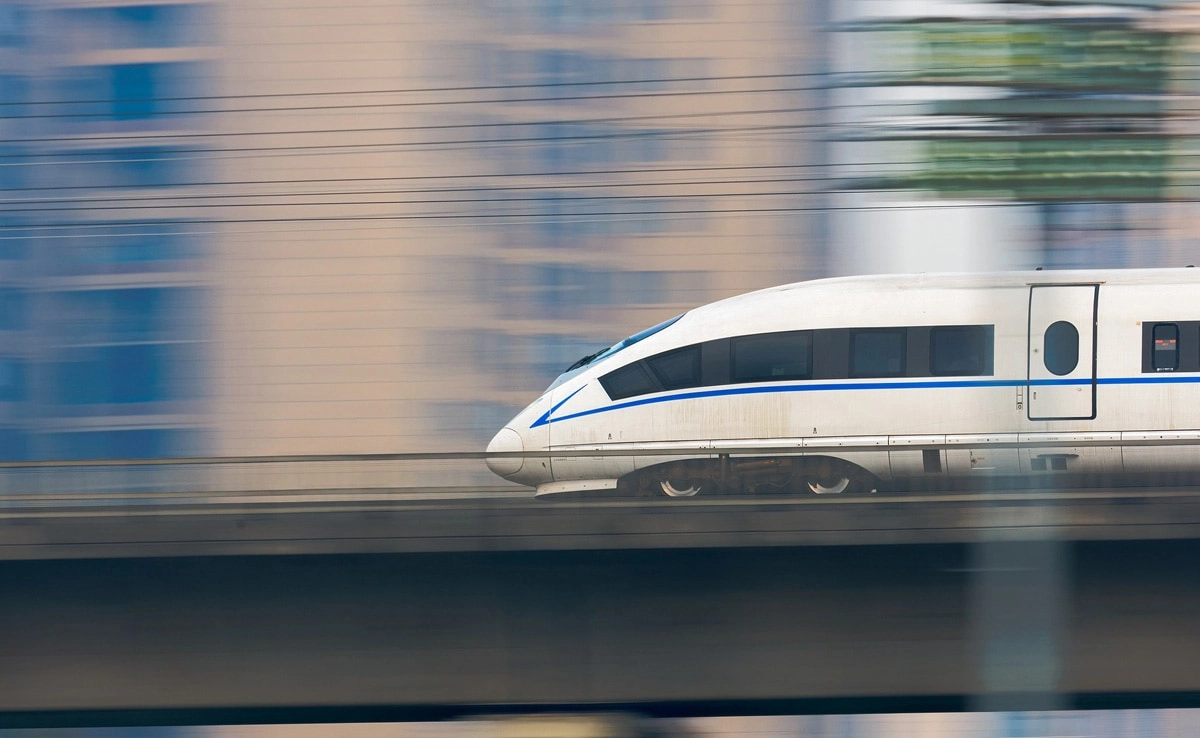Japan’s Shinkansen, renowned as one of the world’s busiest and most efficient high-speed rail systems, faced an unexpected disruption when a snake was spotted on a power pole. This incident occurred on one of the key lines, raising safety concerns that led to a temporary halt of services. The Shinkansen, often celebrated for its punctuality and reliability, had to pause operations while authorities addressed the situation. Such occurrences, while rare, underscore the delicate balance between nature and technology, particularly in a country known for its advanced infrastructure.
The sighting of a snake on a power pole is not just an unusual event; it poses significant risks, especially in terms of electrical safety. The presence of wildlife in proximity to high-voltage equipment can lead to potential hazards, including power outages or equipment damage. Consequently, railway operators prioritize safety above all else, and crews were dispatched to safely remove the reptile and inspect the area to ensure everything was secure before resuming services. This incident serves as a reminder of the challenges that can arise when human infrastructure intersects with the natural world.
Passengers relying on the Shinkansen for their daily commutes or travel plans were understandably affected by the service disruptions. Delays, while often inconvenient, are a part of travel life, especially in a system that usually boasts on-time performance. The railway operators communicated with passengers, providing updates and alternative arrangements to minimize the impact of the stoppage. Despite the temporary inconvenience, the swift response to the situation highlighted the commitment to passenger safety and the operational integrity of the Shinkansen.
Such incidents, while infrequent, can have broader implications for wildlife management and railway operations in Japan. Authorities may need to consider preventative measures to minimize wildlife encounters with infrastructure, ensuring that both passengers and animals can coexist safely. The balance between maintaining a world-class transportation network and respecting the environment remains a critical focus. As Japan continues to innovate and enhance its rail systems, the lessons learned from incidents like this will inform future practices and policies to safeguard both human and animal life.




